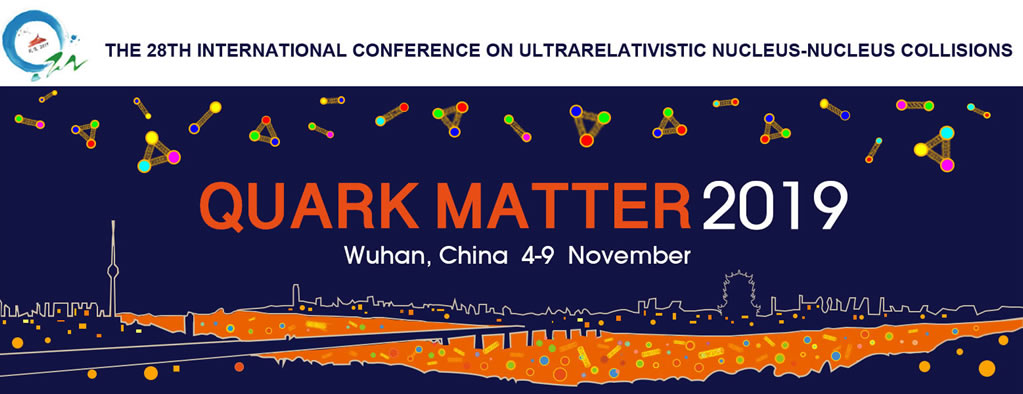Speaker
Description
The QCD critical point can attract the system evolution trajectory in the QCD phase diagram, which is recognized as the QCP focusing effect[1,2]. To quantify this effect, we employ thermal model and hadronic transport model to simulate the dynamical particle emission along a hypothetical focusing trajectory near the critical point. It is found that the focusing effect can lead to anomalous $\beta_T$ dependence of anti-pariticle to particle ratio. Heavier light anti-nuclei to light nuclei ratios are more sensitive to the focusing effect in the vicinity of critical point.
In this talk, We will present the $\beta_T$ dependence of $\bar{d}/d$ ratio in Au+Au collisions at $\sqrt{s_{NN}} = $ 11.5-200 GeV measured by the STAR experiment at RHIC. We observed a negative slope of the $\beta_T$ dependence of $\bar{d}/d$ ratio at 19.6 GeV, although the statistical and systematical errors are large. It might indicate the trajectory evolution has passed through the critical region. Further constraint of the location of the critical point and/or width of the critical region can be studied by making precise measurements in the RHIC BES-II.
[1] M. Asakawa, S. A. Bass, B. Muller, and C. Nonaka, Phys. Rev. Lett. 101, 122302 (2008)
[2] C. Nonaka and M. Asakawa, Phys. Rev. C 71, 044904 (2005)
